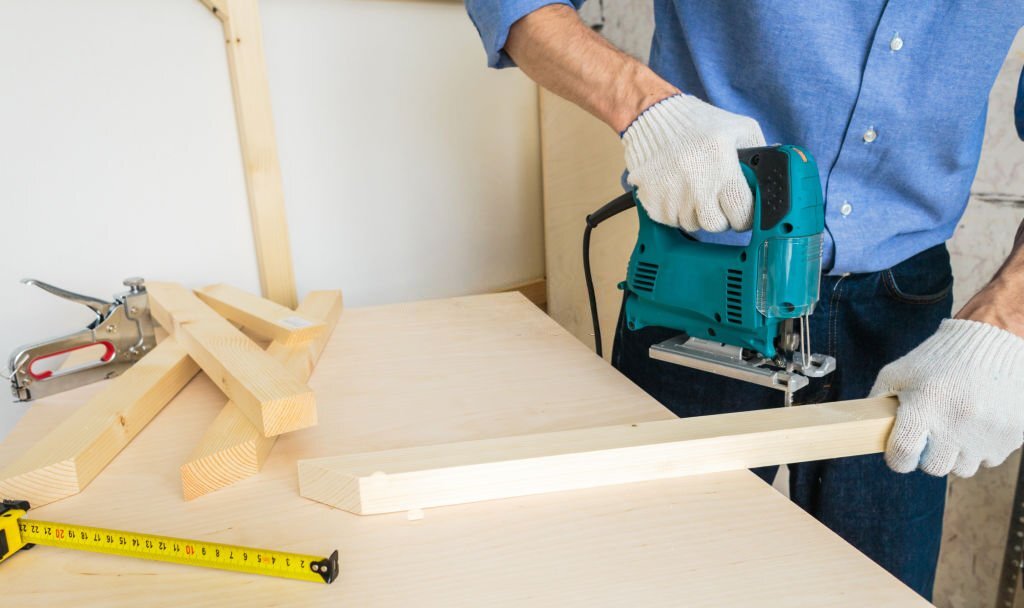Unlocking the Secrets of Mortise and Tenon Joinery
August 08, 2023
For centuries, woodworkers and carpenters have employed mortise and tenon joinery to construct sturdy, durable structures. This traditional joinery fashion, which involves fitting a' tenon'( protuberance) at the end of one piece of wood into a' mortise'( hole) in another, is a foundation of woodworking and a testament to the imagination of our ancestors. Whether you are a seasoned woodworker or a freshman looking to ameliorate your woodworking chops, understanding and learning mortise and tenon joinery can significantly enhance your craft.
1. The History of Mortise and Tenon Joinery
Tracing back to ancient times, mortise and tenon joinery is a time- tested system that has survived the test of time. It was used in the construction of Egyptian cabinetwork, Chinese armature, and traditional Japanese homes, to name a many exemplifications. This literal system's life is a testament to its effectiveness and trustability, making it a cherished fashion in the woodworking world.
2. Understanding Mortise and Tenon Joinery
A mortise and tenon joint is a simple yet effective way to join two pieces of wood. The tenon, a pooching piece of wood, is designed to fit snugly into a corresponding mortise, a hole or niche cut into the alternate piece of wood. The result is an incredibly strong, interlocking connection that, when executed rightly, requires minimum, if any, fresh tackle to hold it in place.
3. The Benefits of Mortise and Tenon Joinery
What sets mortise and tenon joinery piecemeal from other woodworking ways? originally, it provides an exceptionally strong joint that's perfect for frames, tables, chairpersons and other pieces that bear stability. Secondly, because of its simplicity, it can be executed with a introductory set of woodworking tools. Incipiently, it offers visual appeal, as the artificer is frequently left exposed, displaying the skill and perfection of the woodworker.
4. Ways for Cutting Mortise and Tenon Joints
While there are numerous ways to cut a mortise and tenon joint, the most traditional and arguably the most satisfying is the hand- cut system. This requires a good understanding of the wood grain, a steady hand, and a set of sharp chisels. For newcomers, there are also power tools available, similar as a mortising machine or a router, which can make the process easier and briskly, but lower hands- on.
5. Common miscalculations and How to Avoid Them
Like any skill, learning mortise and tenon joinery takes practice. Common miscalculations include cutting the mortise or tenon the wrong size, performing in a loose or exorbitantly tight fit, and not aligning the common rightly. To avoid these crimes, always measure doubly and cut formerly, insure your tools are sharp and well- maintained, and take your time to align everything rightly before cutting.
6. Advanced ways and Variations
Once you've learned the basics of mortise and tenon joinery, there are multitudinous variations and advanced ways to explore. These include the haunched, mitered, and tusk tenon, each furnishing a different aesthetic and position of complexity. There are also ways for buttressing your joints, similar as adding a wedge or a leg.
7. The Future of Mortise and Tenon Joinery
Despite its ancient origins, mortise and tenon joinery is far from outdated. In fact, with a rejuvenescence in traditional woodworking chops and a growing appreciation for handcrafted goods, it's more applicable than ever. As technology advances, we are also seeing new ways to use this age-old fashion, from CNC machines that can perfection- cut mortise and tenon joints, to innovative new designs that push the boundaries of what is possible.
Conclusion
In the world of woodworking, many ways have stood the test of time relatively like mortise and tenon joinery. It's a testament to the skill, perfection, and imagination of woodworkers once and present. Whether you are a seasoned professional or a neophyte looking to ameliorate your chops, learning mortise and tenon joinery can take your work to new heights. So, roll up your sleeves, snare your tools, and unleash the secrets of this ancient art.



0 Comments